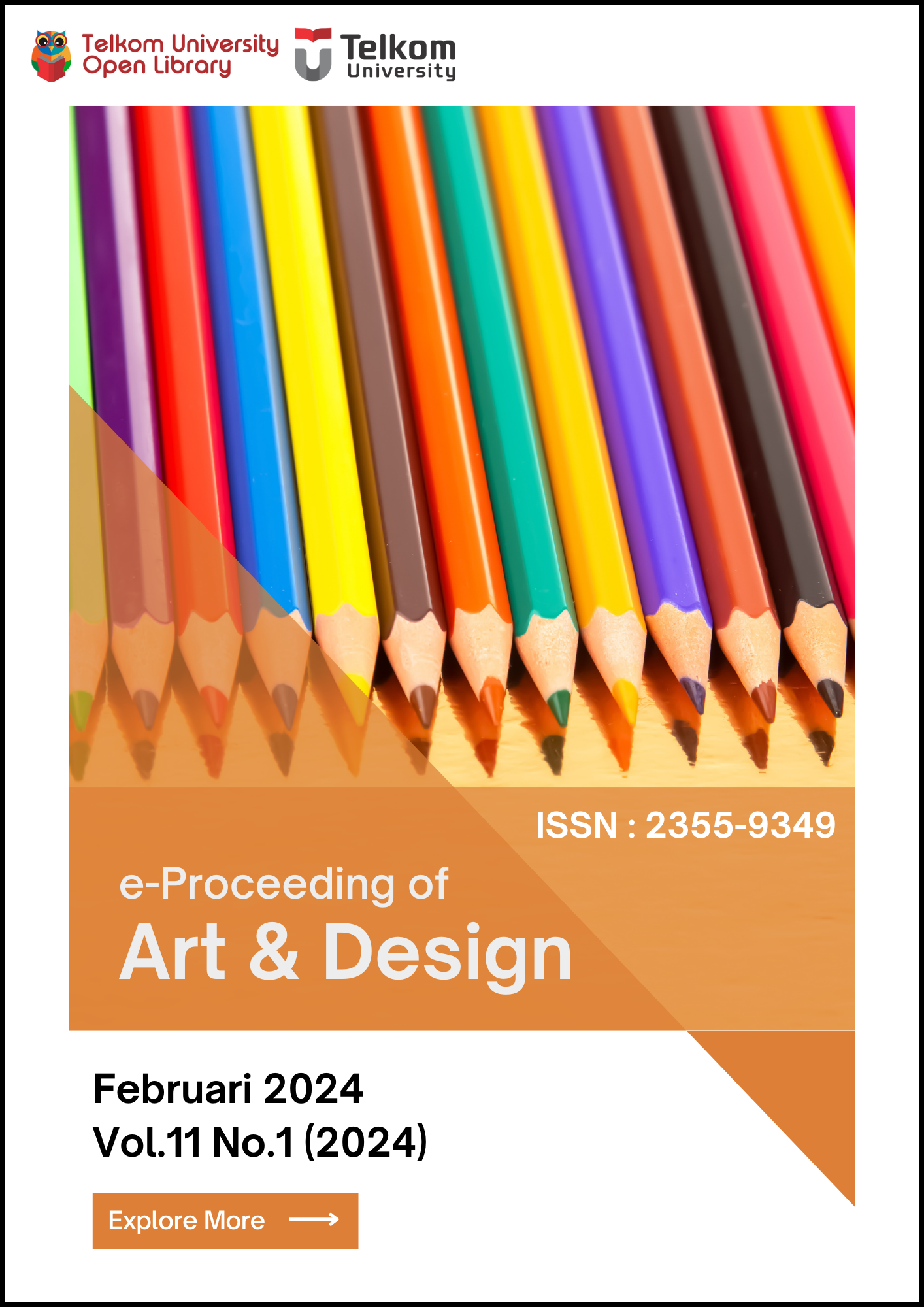PERANCANGAN INTERIOR DIGITAL COWORKING SPACE SEBAGAI WUJUD DARI PROGRAM BANDUNG TEKNOPOLIS DENGAN PENDEKATAN BIOFILIK
Abstract
The rapid development of information technology has made IT workers and digital startups
increase in Indonesia. Indonesia is ranked 6th with the highest number of startups in 2022. With the growth
of start-ups and the development of information technology, there is an increasing need for IT workers to
support business development in Indonesia. Problems arise when investors want to invest in digital startups
because local startups are not ready to receive large enough capital, so investors take initiatives to activate
business incubator programs. Often, with the government's desire to accommodate the growth of the
creative industry, namely by presenting the Bandung Teknopolis Program, the design of this Digital
Coworking Space is expected to be present as a manifestation of this program. In addition, the concept of
the Bandung Teknopolis program supports the creation of a Sustainability City, therefore the Biophilic
concept is applied to the design. This concept is believed to be able to provide a sense of calm to the users
of the space as well as improve the well-being of the users of the space in terms of both physical and mental
as well as increasing work productivity.
Keywords: Coworking Space, Bandung Technopolis, Biophilic
References
Ajikusumah. (2017). Studi Tentang Pembangunan Dalam Perspektif Keberlanjutan Warga
Pinggiran Kota. Bandung: ITB.
Browning, W., & Clancy, C. R. (2014). 14 Patterns of Biophilic Design : Improving Health & Well
Being in The Built Environment. New York NY: Terrapin Bright Green.
Ching. (1996). Bentuk, Ruang dan Susunannya. Erlangga.
Ergin, Duygu, (2013). How to Create a Coworking Space Handbook, Milan : Politecnico
Jalil, N. A., & Dkk. (2012). Environmental Colour Impact Upon Human Behaviour: A Review.
Procedia - Social And Behavioral Sciences.
Kellert, S. R. (2005). Building for Life : Designing and Understanding The Human - Nature
Connection. Washington DC: Island Press.
Kellert, S. R., & Wilson, E. O. (1993). The Biophilia Hypothesis. Washington: Island Press. Kellert,
S., & Calabrese, E. (2015). The Practice of Biophilic Design.
Susan, M. Y., & Prihatmanti, R. (2017). Daylight Characterisation of Classroom in Heritage School
Buildings. Planning Malaysia, 15(1), 209-220.
Vidovich, Emily (2020). Bringing the Outdoors in: The Benefits of Biophilia. Di akses pada 21 Nov
melalui link https://www.nrdc.org/experts/maria-mccain/bringing-outdoors-benefitsbiophilia
Murdowo, Djoko, Widyanesti Liritantri, Yustriyani Syifa, and Rifa Munadia. 2020. 8Perancangan
Desain Interior Perpustakaan Ramah Anak Sebagai Upaya Menumbuhkan Minat Baca Anak Di
Masjid Al Aniah Bandung9. Jurnal Abdimas Berdaya: Jurnal Pembelajaran, Pemberdayaan Dan
Pengabdian Masyarakat 3 (02): 99–109. EProceedings of Art & Design 9 (6).






